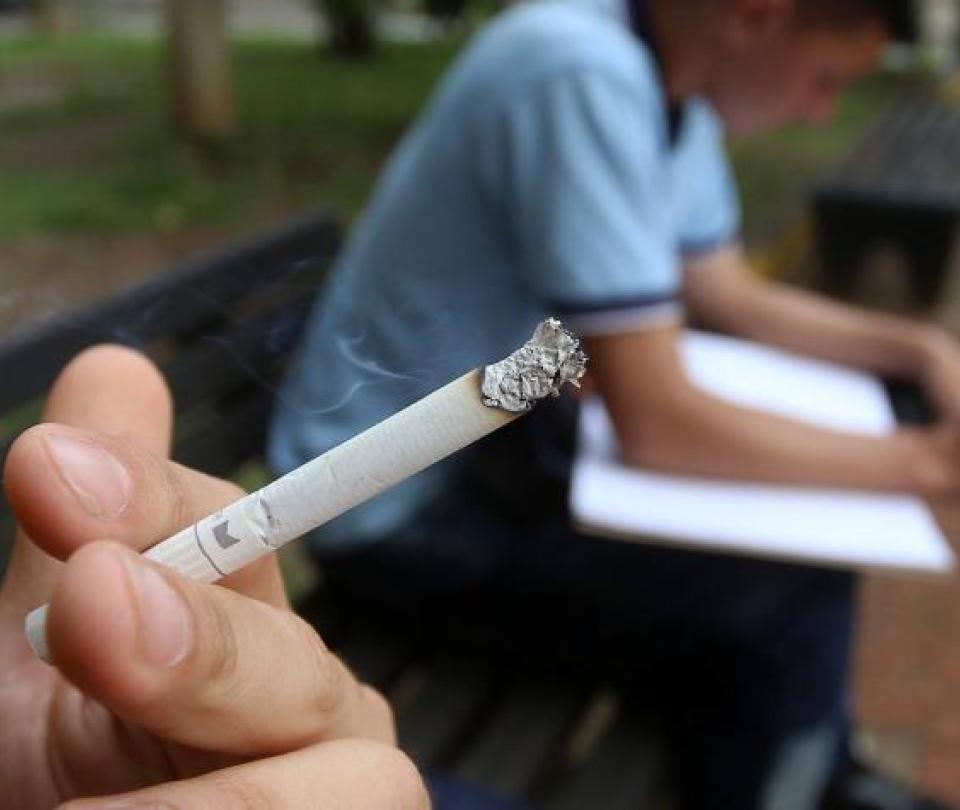Nearly 827,000 Colombian youth between the ages of 12 and 21 have smoked cigarettes at least once in their lives.according to research carried out by the Educational Economics Laboratory (LEE) of the Pontificia Universidad Javeriana.
After analyzing the figures of the National Survey of Consumption of Psychoactive Substances of 2019 and of the National Survey of Quality of Life of 2021 carried out by the National Administrative Department of Statistics (Dane)the LEE assured that 15.6% of people between the ages of 12 and 21 stated that they had smoked cigarettes at some time in their lives.
(What does the article on the health reform that generates alert say).
In the same way, the LEE made an analysis taking into account factors such as the socioeconomic strata and the departmentsevidencing that the 12.6% of people between the ages of 12 and 21 in stratum 1 have smoked cigarettes at least once in their livescompared to 20% of people in stratum 4 and 22% of people in stratum 6 who belong to this age range.
Already speaking of the territorial entities, it was found that the department of cundinamarca This is where the highest percentage of young people who have smoked cigarettes (25.1%) is found, followed by Caldas (24.2%) and boyacá (23.9%).
(Colombians feel deterioration in their living conditions).
The analysis also shows that most of these young people smoked cigarettes for the first time between the ages of 13 and 18, with men starting smoking at earlier ages than women. At regional level, Risaralda, cundinamarca and antioch They are the departments where young people start smoking at earlier ages than average.
“Cigarette smoking can lead to addiction to nicotine, reduce lung function, create early heart complications, affect adolescent brain development and formation. Also, the effects of nicotine in young adolescents can increase anxiety levels, emotional changes, irritability and impulsivity.“, the report notes.
(Google advises not to use its search engine late at night).
On the other hand, said study also took passive smokers into account, and found that 1,106,032 young people between the ages of 10 and 21 do not smoke, but live in homes where there is another person who smokes.
“Although young people and adolescents do not smoke cigarettes directly, living with other smokers inside their homes can also have negative consequences on their health.” was stated in the report.
(Overview: is the ‘sodium law’ affecting the bakery sector?).
Faced with the findings, the researchers alerted and insisted on the figures from the 2022 Weblin Report (in which school well-being conditions were measured in 1,556 public and private schools in the country), which indicate that only 29% of the schools surveyed have trained teachers in the prevention of alcohol, tobacco and drug use; and 43% reported having a presence of sale of psychoactive substances in areas surrounding their facilities.
BRIEFCASE













